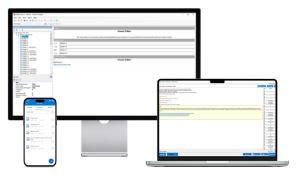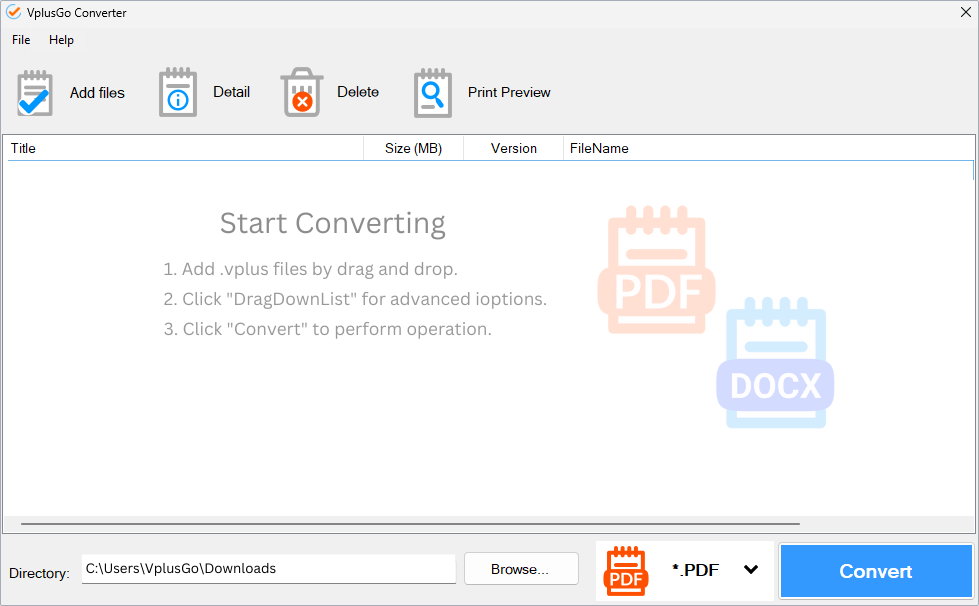Getting Started With Oracle’s Certifications Deep Certification Program
Oracle offers over 300 certifications spread across nine categories that cover everything from databases, applications, and systems to enterprise management and virtualization. Here’s what you can expect from Oracle’s rich certification program.
There are several big certification programs out there, including Microsoft (with 45 certifications counting only the latest generation platforms and applications, three times that many counting back to all still valid credentials), Cisco (with almost 50 current credentials and over 50 retired ones), and CompTIA (with 16 current credentials, nearly that many retired ones). But none match the scale and scope of IBM (with over 700 credentials) and Oracle (with over 300 certs).
Over 300 Individual Certs!
Oracle University is the name of the company’s training and certification arm. It comes by that designation with a collection of curricula, certifications, and courses that are on par with many colleges or universities, albeit focused only on tools, platforms, and technologies in which Oracle has invested, and products and services that the company offers to the public.
Oracle Certification Categories
Oracle breaks its credentials into nine categories, as follows:
- Applications — 82 credentials including ATG Web Commerce, Agile, CRM, Demantra, E-Business Suite, Endeca, Fusion Applications, Hyperion, JD Edwards Enterprise One, all kinds of Oracle branded applications (CPQ Cloud, Global Trade Management, Marketing Cloud, Policy Automation, etc), PeopleSoft, Primavera, Siebel, Taleo, and a User Productivity Kit. Much of Oracle’s acquisition history is encapsulated in these listings.
- Database — 84 credentials covering numerous Oracle versions and add-ons, plus MySQL.
- Enterprise Management — 3 credentials including application quality management and enterprise manager.
- Foundation — 2 credentials including Oracle IT architecture and project lifecycle management.
- Industries — 28 credentials including Voluminous vertical packages and platforms for the Communications, Financial Services, Health Sciences, Insurance, Retail, Tax Applications, and Utilities industries.
- Java and Middleware — 66 credentials covering Business Intelligence, Cloud Application Foundation, Data Integration, Identity Management, Java, Middleware Development Tools, SOA and BPM, plus WebCenter.
- Operating Systems — 15 credentials including Oracle Linux and Oracle Solaris (versions 10 and 11).
- Systems (and Hardware) — 16 credentials covering Engineered systems (Exadata, Exalogic elastic cloud, Exalytics), Servers, and Storage.
- Virtualization — 3 credentials including Desktop and Server virtualization (VDI 3 on the desktop side, Oracle VM versions 2.0 and 3.0 for x86 on the server side).
Oracle Certification Levels
Here are the levels and stratification across the entire Oracle certification spectrum:
- Oracle Certified Junior Associate (OCJA): A new addition to the Oracle program, targets pre-entry level individuals with information comparable to coverage in typical college level MIS or computer science classes. Roughly on par with Microsoft Academy or Cisco Academy offerings, most likely with the same kind of audience in mind.
- Oracle Certified Associate (OCA): True entry-level certs that seek to vet fundamentals knowledge across a wide variety of topics and disciplines. OCA exams “cover a broad range of topics to a shallow depth,” according to Morris.
- Oracle Certified Professional (OCP): Practitioner-level certs that seek to establish operational competency for specific tools, platforms, applications, and so forth. As with most Oracle credentials, even the OCP requires passing only a single exam, but most come with one or more pre-requisites as well. Morris characterizes these exams as covering “a narrower range of topics than OCA exams and require a greater depth of knowledge to answer.”
- Oracle Certified Expert (OCE): Senior practitioner exams that seek to establish high competency and skill in specific subject areas. Though an OCE may be earned with a single exam, it too, carries pre-requisites and, in Morris’ words “cover a very narrow range of topics to a significant depth.”
- Oracle Certified Specialist (OCS): Focus on features and functions of specific Oracle products and offerings, and less technical than elements in the other cert tracks, usually aimed at preparing IT professionals to implement and deploy Oracle products and solutions.
- Oracle Certified Master (OCM): Available to the most senior database administrators and Java Developers, these are Oracle’s pinnacle level certs on par with the CCIE or CCAr. Administrators face a grueling two-day lab exam, while Java developers must complete a demanding programming project.
Climbing The Oracle Certification Ladder
Some important items that don’t appear in Morris’ excellent story can be covered briefly here.
Earning most Oracle credentials requires candidates to attend official training classes, either offered by Oracle itself or by one of its authorized training partners. Most classes run five days, and cost $750 a day per seat and up. Oracle certifications don’t include recertification requirements, primarily because most of them are tied to specific product versions or releases, so that as those things become obsolete, so do the certs that go with them.
Certs do tend to lag new releases by anywhere from three months to a year, depending on how quickly training materials and exams are released into Oracle University. It’s not uncommon for professionals to be certified in one version they use daily, while preparing for a new version certification that will be implemented at their employer in the next 12 to 18 months. More than many other environment, this means not just “lifelong learning,” but “constant, ongoing learning” if you dig into the world of Oracle certifications.



